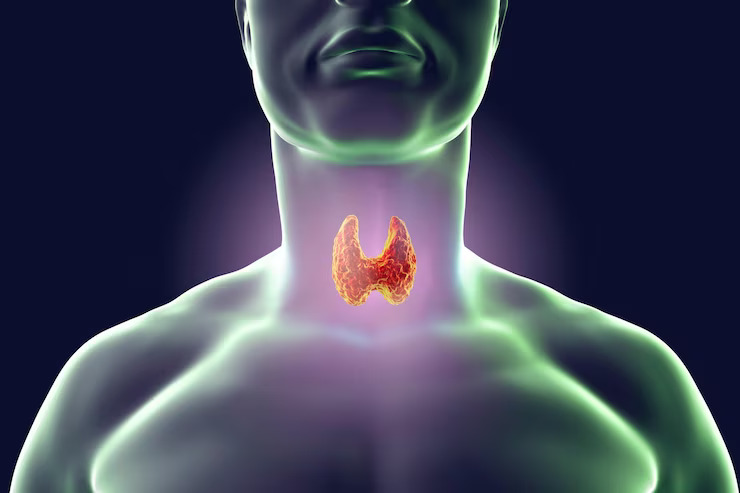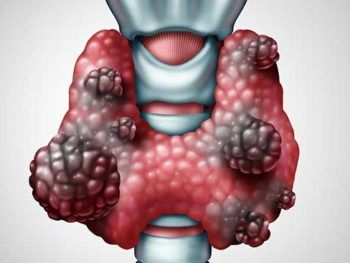Emerging Technologies In Thyroid Nodule Diagnosis And Treatment
Thyroid nodules are a common thyroid disorder characterized by abnormal growths or lumps within the thyroid gland. While most thyroid nodules are benign, accurate diagnosis and appropriate treatment are essential to identify and manage potential malignancies and alleviate symptoms. In recent years, advancements in medical technology have led to the development of innovative approaches for diagnosing and treating thyroid nodules. This article will explore some of the emerging technologies revolutionizing the field of thyroid nodule diagnosis and treatment.
Molecular Testing for Thyroid Nodules
Molecular testing involves analyzing the genetic makeup of thyroid nodules to determine their risk of malignancy and guide treatment decisions. Tests such as gene expression profiling and mutational analysis can provide valuable information about the likelihood of thyroid cancer, helping clinicians tailor treatment plans accordingly. These tests can also help avoid unnecessary surgeries for benign nodules, reducing patient anxiety and healthcare costs.
Ultrasound Elastography
Ultrasound elastography is a non-invasive imaging technique that assesses the stiffness or elasticity of thyroid nodules. By measuring tissue elasticity, elastography can help differentiate between benign and malignant nodules with greater accuracy than conventional ultrasound alone. This technology provides additional diagnostic information to aid clinicians in determining the need for further evaluation or intervention, such as biopsy or surgery.
Contrast-Enhanced Ultrasound (CEUS)
Contrast-enhanced ultrasound involves injecting a contrast agent into the bloodstream to enhance the visualization of blood flow within thyroid nodules. This technique provides real-time information about vascularity and perfusion patterns, which can help differentiate between benign and malignant nodules. CEUS is particularly useful for evaluating indeterminate nodules and reducing the need for unnecessary biopsies or surgeries.
Thyroid Radiofrequency Ablation (RFA)
Radiofrequency ablation is a minimally invasive procedure that uses heat generated by radiofrequency energy to destroy thyroid nodules. This technique is particularly effective for treating benign thyroid nodules that cause symptoms such as compression of surrounding structures or cosmetic concerns. RFA offers a safe and effective alternative to surgery for selected patients, with minimal risk of complications and shorter recovery times.
Laser Ablation Therapy
Laser ablation therapy utilizes laser energy to heat and destroy thyroid nodules, similar to radiofrequency ablation. This minimally invasive procedure can effectively reduce the size of benign nodules and alleviate associated symptoms without the need for surgery. Laser ablation therapy is well-tolerated by patients and can be performed on an outpatient basis with minimal downtime.
Artificial Intelligence (AI) in Thyroid Imaging
AI-driven algorithms are being developed to analyze thyroid imaging studies, such as ultrasound and computed tomography (CT) scans, for the detection and characterization of thyroid nodules. These AI systems can assist radiologists in interpreting imaging findings, improving diagnostic accuracy and efficiency. AI algorithms can also aid in risk stratification and decision-making for thyroid nodule management, leading to more personalized and precise patient care.
Conclusion
Emerging technologies in thyroid nodule diagnosis and treatment are transforming the way clinicians approach this common thyroid disorder. From molecular testing and advanced imaging techniques to minimally invasive therapies and AI-driven algorithms, these innovations offer new opportunities for improved diagnostic accuracy, personalized treatment planning, and enhanced patient outcomes. As research and development in this field continue to evolve, it is essential for healthcare providers to stay abreast of these advancements to provide the best possible care for patients with thyroid nodules.








